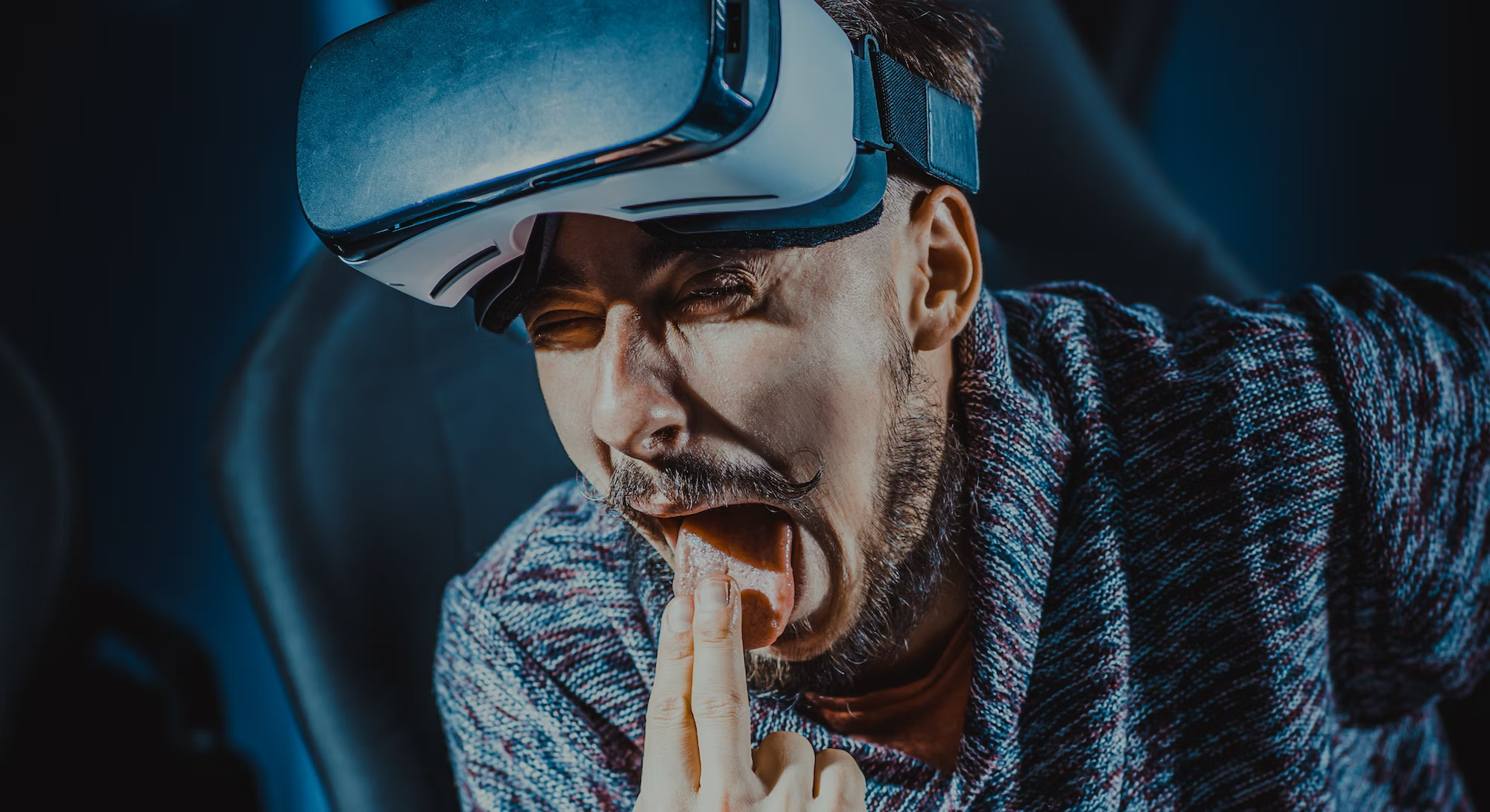While mixed reality (MR) technologies have the potential to revolutionize many aspects of our lives, there are also concerns around their potential to cause trauma. As we push the boundaries of reality and blur the lines between physical and virtual experiences, it is important to address the potential risks and take steps to mitigate them.
One of the main concerns around MR and trauma is the potential for sensory overload. MR can create highly immersive and intense experiences that may be overwhelming for some individuals, especially those with sensory processing disorders. To mitigate this risk, it is important to create MR experiences that are designed with sensitivity to individual needs and preferences.
Another potential risk of MR and trauma is the potential for disorientation and confusion. MR can create experiences that are difficult to distinguish from reality, potentially leading to confusion and disorientation. To mitigate this risk, it is important to ensure that MR experiences are clearly labeled and designed to avoid confusion.
Finally, there is a risk that MR experiences may trigger traumatic memories or experiences. This is especially true for individuals who have experienced trauma in the past. To mitigate this risk, it is important to ensure that MR experiences are designed with sensitivity to potential triggers and that individuals have the ability to opt out of experiences that may be triggering.
In conclusion, while there are concerns around the potential for mixed reality technologies to cause trauma, these risks can be mitigated through thoughtful and sensitive design. By considering the potential risks and taking steps to address them, we can ensure that MR technologies are used in ways that enhance our lives without causing harm.








